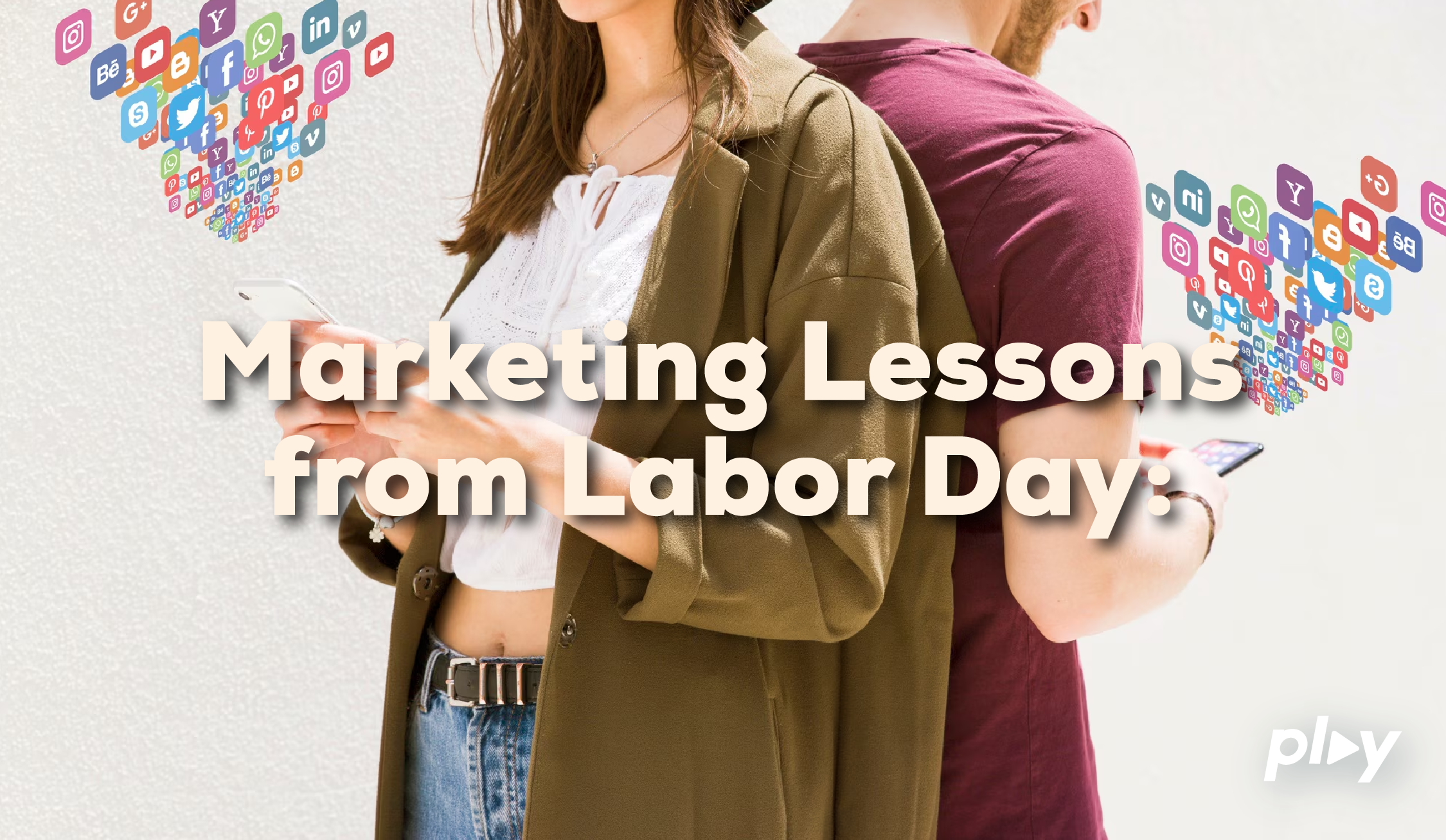Marketing Lessons from Labor Day: How Brands Can Connect with Workers

Labor Day tends to sneak up on us—just as summer is winding down, right before Q4 kicks into high gear. For most, it’s a welcome three-day weekend, a reason to fire up the grill, maybe catch a ballgame, and enjoy a brief pause. But as marketers and business leaders, it’s also a moment we’d be wise not to breeze past.
Labor Day isn’t just a holiday. It’s a cultural signal—an annual reminder of the people who actually make things happen: the workers.
And that got me thinking…
In a world full of automation, AI, and flashy new tech, have we forgotten the worker? Not just the “ideal consumer,” not just the “buyer persona,” but the actual people behind the products, behind the counters, behind the emails, behind the wheel, behind the screens?
It’s time brands start seeing Labor Day not as a one-off campaign opportunity, but as a compass. Because the brands that know how to speak to workers—and not just about them—are going to win the long game.
Let me explain.
Lesson One: “Hard Work” Isn’t Just a Tagline
Look, “hard-working Americans” has become such a marketing cliché, it’s almost lost all meaning. But what is hard work in 2025?
According to a 2024 Gallup survey, 58% of workers now say their biggest challenge isn’t workload—it’s feeling seen and valued by their employer. Not pay. Not hours. Recognition.
That’s your insight.
Brands that can speak to dignity, purpose, and the reality of modern labor—those are the ones that cut through. It’s not just about rugged visuals or blue-collar language. It’s about respect. It’s about relevance.
You want to honor workers? Show that you understand how hybrid schedules have blurred the line between “off” and “on.” Speak to the contractor who doesn’t have PTO. Celebrate the warehouse worker who keeps your logistics running while everyone else is asleep. Be specific.
Marketing that treats workers like real people builds real loyalty.
Lesson Two: Labor Has Changed—and So Should Your Messaging
Let’s be honest: Labor isn’t what it used to be. The “American worker” now includes:
- The 23-year-old graphic designer freelancing from a coworking space in Tulsa
- The 49-year-old HVAC tech whose phone never stops ringing
- The nurse juggling 12-hour shifts and a side hustle on Etsy
- The gig worker who logs 70 hours a week but has no health benefits
And guess what? According to the U.S. Bureau of Labor Statistics, over 36% of the U.S. workforce is now freelance, contract, or part-time. That’s more than one in three.
Yet brands often keep speaking to the 9-to-5 office-goer like that’s still the default.
Want to stand out? Acknowledge the shift. Speak to the patchwork career. The resilience. The pride of being self-made. The exhaustion of hustle culture. The joy of building something from scratch.
This is the new labor story—and brands who tap into that story earn trust.
Lesson Three: Don’t Just Celebrate—Participate
It’s one thing to post a nice Labor Day graphic on Instagram. It’s another to actually do something for workers.
A few examples I love:
- YETI paused their regular sales pitch and gave all employees a paid day off plus a thank-you bonus last Labor Day. They shared stories from factory line workers to warehouse staff across social platforms—with zero product mention.
- Ben & Jerry’s (unsurprisingly) used Labor Day as a platform to highlight union rights, worker-led organizations, and their own supply chain’s fair labor practices. Controversial? Maybe. Authentic? Absolutely.
- Bomba’s, the sock brand, donated tens of thousands of pairs to shelter workers and transit employees, tying it to a Labor Day social campaign that amplified real stories of work, care, and grit.
These brands didn’t just “honor” workers. They activated around them. They participated in the conversation. They showed up.
So here’s the challenge: what would it look like for your brand to participate?
What do you owe your workers? Your community? Your customers who are also grinding every day?
Lesson Four: Purpose Is the New Performance Metric
Here’s something that might surprise you: Brands with a strong purpose grow 2x faster than those without, according to a 2023 Kantar study.
And guess what resonates more than product features? Purpose-driven storytelling.
When you tell a story that centers the worker—whether it’s your customer, your staff, or your supply chain—you’re building equity. Not just brand equity. Human equity.
People remember brands that remember them.
And while we’re at it, here’s a sobering thought: A Harvard Business Review study found that 80% of employees feel their company’s mission doesn’t match their daily experience. That disconnect bleeds into marketing.
Your brand can’t fake it. If your message is all about honoring workers, but your Glassdoor page tells a different story? People notice.
Purpose must be practiced internally before it’s broadcast externally.
Want more insights like this? Follow along with PLAY Creative as we explore the intersection of marketing, culture, and strategy—week after week.
